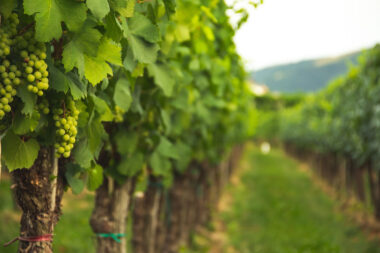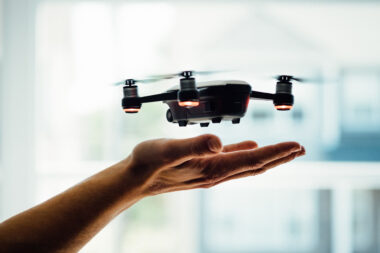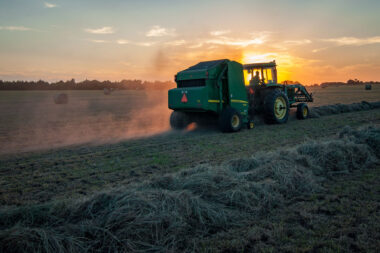Bioinspired adhesives, drawing inspiration from the remarkable attachment mechanisms found in nature, offer innovative solutions for a wide range of industrial and medical challenges. Mimicking the strategies employed by organisms such as geckos, mussels, and insects, these adhesives demonstrate exceptional strength, versatility, and biocompatibility.
Design Principles of Bioinspired Adhesives:
Micro and Nanostructured Surfaces:
Bioinspired adhesives often replicate the micro and nanostructured surfaces found in nature, enhancing adhesion through increased surface area and intermolecular forces. For example, gecko inspired adhesives mimic the hierarchical structure of gecko foot pads, comprising arrays of nanoscale hairs that create strong adhesive interactions with surfaces.
Wet Adhesion:
Many marine organisms, such as mussels, exhibit remarkable adhesion properties in wet environments. Bioinspired adhesives incorporate principles of wet adhesion by utilizing specialized proteins and peptides that form strong bonds with surfaces underwater. For instance, mussel inspired adhesives utilize catechol containing polymers that adhere strongly to various substrates even in the presence of water.
Reversible and Directional Adhesion:
Some organisms, like geckos, can adhere to surfaces and detach effortlessly. Bioinspired adhesives aim to achieve reversible adhesion by replicating the directional arrangement of adhesive structures found in nature. An example includes synthetic adhesive tapes that utilize microstructured surfaces to achieve reversible adhesion, allowing for repeated attachment and detachment without leaving residue.
Self Cleaning and Antifouling:
To prevent fouling and maintain performance over time, bioinspired adhesives may incorporate self cleaning and antifouling properties. For instance, lotus inspired adhesives mimic the self cleaning properties of lotus leaves, with microstructured surfaces that repel water and prevent the accumulation of contaminants, ensuring long term adhesion in challenging environments.
Manufacturing Techniques for Bioinspired Adhesives:
Microfabrication:
Microfabrication techniques, such as photolithography and soft lithography, enable the precise replication of micro and nanostructured adhesive surfaces. For example, researchers use photolithography to pattern silicon wafers with microscale features resembling those found in gecko foot pads, allowing for the mass production of gecko inspired adhesives.
Biomimetic Synthesis:
Biomimetic synthesis involves the production of adhesive materials using bioinspired molecules such as proteins, peptides, or polymers. These molecules are synthesized using techniques such as recombinant DNA technology or peptide synthesis to replicate the adhesive properties of natural organisms. One example is the synthesis of mussel inspired adhesives using dopamine functionalized polymers that mimic the adhesive proteins found in mussel byssal threads.
Additive Manufacturing:
Additive manufacturing techniques, including 3D printing and inkjet printing, allow for the direct fabrication of bioinspired adhesive structures with complex geometries. Researchers use 3D printing to create customizable adhesive patterns inspired by natural structures, enabling the rapid prototyping of adhesive materials for various applications.
Surface Modification:
Surface modification techniques, such as plasma treatment and chemical functionalization, alter the surface properties of substrates to enhance adhesive bonding. For example, researchers modify the surface chemistry of materials with biomimetic molecules to promote adhesion, allowing for the customization of adhesive properties for specific applications.
Applications of Bioinspired Adhesives:
Medical Adhesives:
Bioinspired adhesives are used in medical applications such as wound closure, tissue bonding, and surgical sealants. These adhesives provide biocompatibility, flexibility, and strong adhesion to biological tissues, reducing the need for sutures and staples in medical procedures. For example, mussel inspired adhesives are used in tissue engineering to promote cell adhesion and tissue regeneration.
Industrial Bonding:
In industrial settings, bioinspired adhesives are employed for bonding materials in manufacturing, construction, and aerospace applications. These adhesives offer high strength, durability, and resistance to environmental factors, making them suitable for joining diverse materials in challenging conditions. An example includes gecko inspired adhesives used in aerospace applications for bonding lightweight materials in aircraft construction.
Adhesive Tapes and Films:
Bioinspired adhesive tapes and films find applications in packaging, textiles, and electronics. These tapes provide strong adhesion to surfaces while allowing for easy removal and repositioning, making them ideal for temporary bonding and assembly processes. Lotus inspired adhesives, for instance, are used in electronics manufacturing to create low tack adhesive films for protecting sensitive components during assembly.
Marine and Underwater Applications:
Bioinspired adhesives with wet adhesion properties are utilized in marine and underwater applications, such as underwater robotics, ship hull coatings, and underwater repairs. These adhesives adhere strongly to wet surfaces and withstand harsh marine environments, providing reliable bonding in challenging conditions. Mussel inspired adhesives are commonly used in marine environments for attaching sensors and instruments to underwater structures.
Biomedical Implants and Devices:
Bioinspired adhesives play a crucial role in biomedical implants and devices, such as dental adhesives, drug delivery systems, and tissue engineering scaffolds. These adhesives enable secure attachment to biological tissues and substrates, facilitating the development of advanced medical technologies. Gecko inspired adhesives, for example, are used in dental applications for bonding orthodontic brackets and prosthetic devices to teeth.
Some common hardware components and equipment used in the production and application of bioinspired adhesives include:
Microfabrication Tools: Microfabrication tools such as photolithography equipment, electron beam lithography systems, and focused ion beam (FIB) instruments are used to create precise microscale and nanoscale features on adhesive surfaces. These tools enable the replication of natural adhesive structures with high fidelity.
Additive Manufacturing Systems: Additive manufacturing systems, including 3D printers and inkjet printers, are employed to fabricate customized adhesive structures with complex geometries. These systems allow for the rapid prototyping and production of bioinspired adhesive materials tailored to specific applications.
Surface Modification Equipment: Surface modification equipment such as plasma treatment chambers, chemical vapor deposition (CVD) systems, and atomic layer deposition (ALD) tools are used to modify the surface properties of substrates. These techniques enhance the adhesion of bioinspired adhesives to different materials by altering surface chemistry and morphology.
Biomimetic Synthesis Tools: Biomimetic synthesis tools, including peptide synthesizers, recombinant DNA technology platforms, and polymer synthesis equipment, enable the production of bioinspired molecules such as proteins, peptides, and polymers. These tools facilitate the synthesis of adhesive materials that mimic the properties of natural adhesives found in biological organisms.
Testing and Characterization Instruments: Testing and characterization instruments such as atomic force microscopes (AFM), scanning electron microscopes (SEM), and tensile testing machines are used to evaluate the adhesive properties of bioinspired materials. These instruments allow researchers to assess factors such as adhesion strength, durability, and surface interactions.
Environmental Chambers: Environmental chambers equipped with controlled temperature and humidity settings are used to simulate real world conditions during adhesive testing and performance evaluation. These chambers ensure reproducible testing conditions and enable researchers to assess the stability and reliability of bioinspired adhesives under various environmental factors.
Dispensing and Application Systems: Dispensing and application systems such as syringe pumps, spray coating equipment, and robotic dispensers are employed to apply bioinspired adhesives onto substrates. These systems enable precise and uniform deposition of adhesive materials onto surfaces, ensuring consistent bonding and adhesion performance.
Cleaning and Surface Preparation Tools: Cleaning and surface preparation tools such as ultrasonic baths, solvent cleaning stations, and plasma cleaners are used to prepare substrates before adhesive application. These tools remove contaminants and residues from substrate surfaces, promoting strong and durable adhesive bonding.
Safety Equipment: Safety equipment including personal protective gear such as gloves, goggles, and lab coats is essential when handling bioinspired adhesive materials and operating associated equipment. Adhesive manufacturing and testing processes may involve hazardous chemicals and equipment, necessitating proper safety precautions to prevent accidents and injuries.
Quality Control Instruments: Quality control instruments such as spectrophotometers, rheometers, and thermal analyzers are used to monitor the properties and performance of bioinspired adhesives throughout the manufacturing process. These instruments ensure product consistency and quality by detecting variations in adhesive composition, viscosity, and mechanical properties.
Bioinspired adhesives offer promising solutions for a wide range of industrial and medical applications, leveraging nature’s ingenious attachment mechanisms to create versatile and effective bonding materials. As research in bioinspired adhesives continues to advance, we can expect to see further innovations that enhance performance, expand applications, and contribute to sustainable and resilient technologies.



